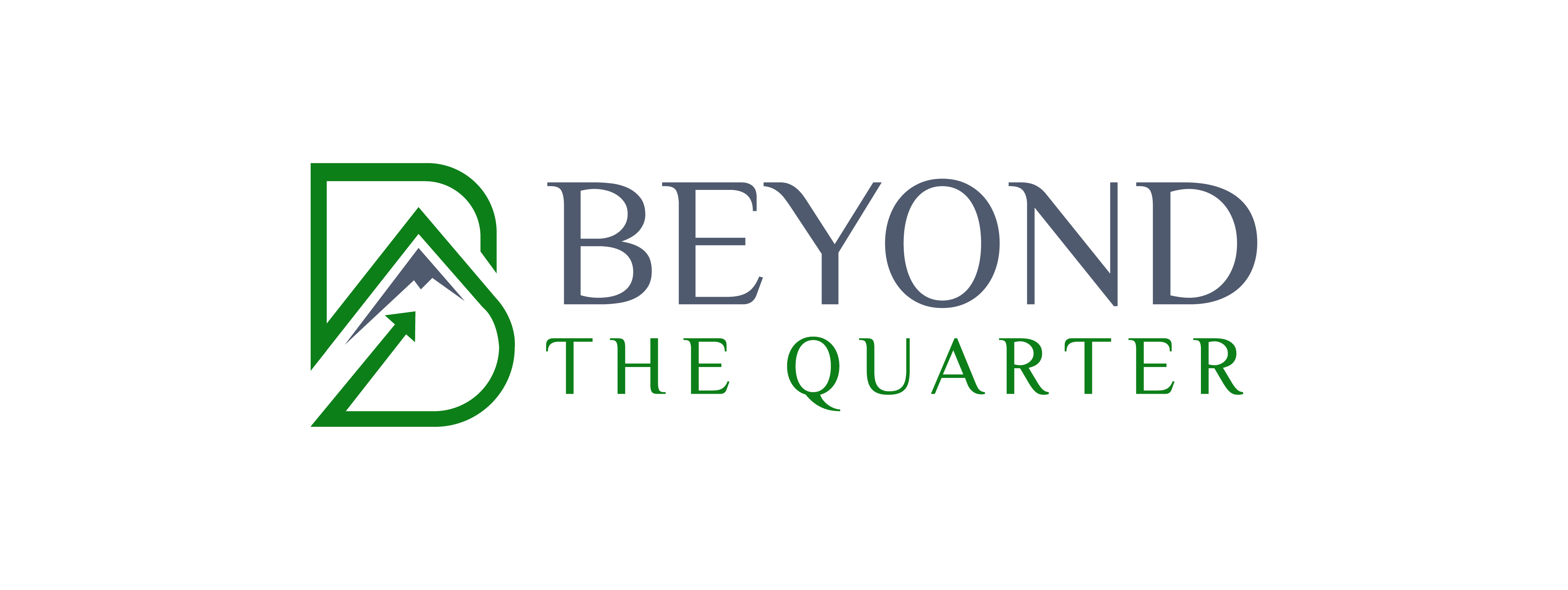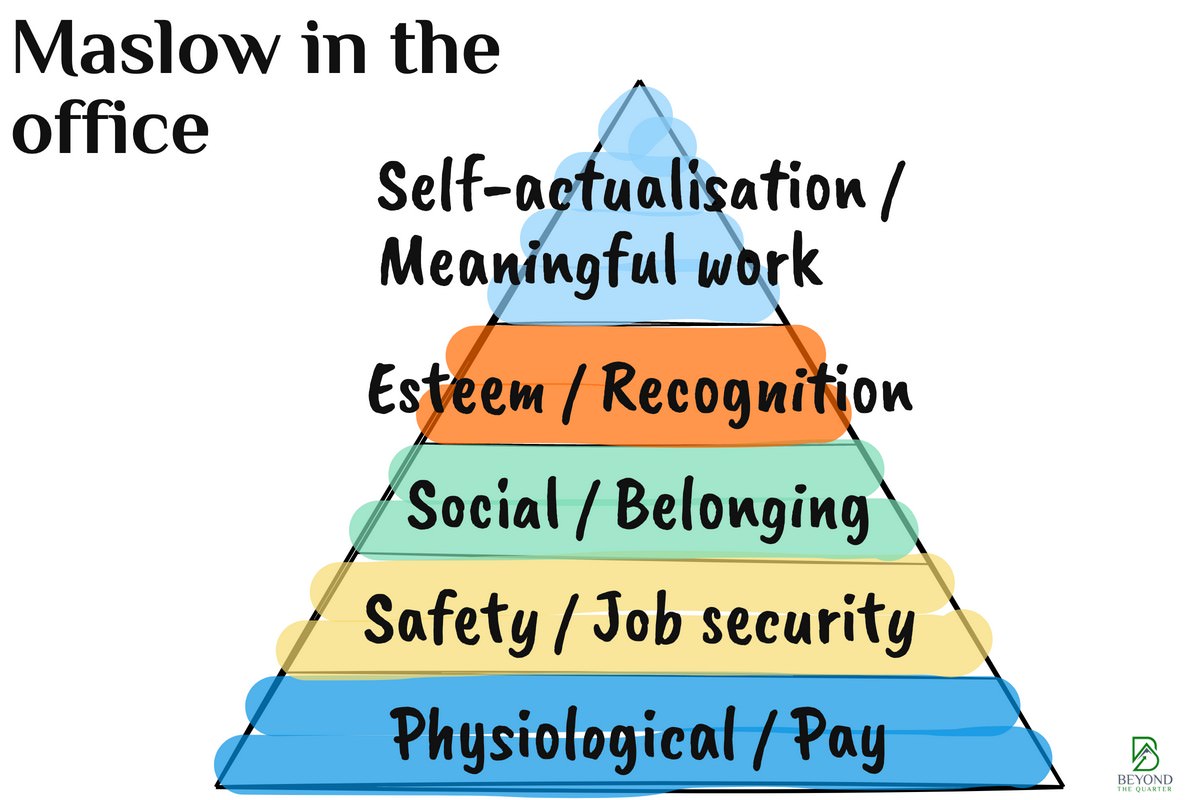The quality of your team, however you measure it, is a direct reflection of the attention you’ve paid to finding, recruiting and developing them.
Meaning it’s on you!
It’s easy to be disappointed in members of your team – whether in how they’re doing their job, or how they’re impacting others in the organisation. And in the end, they’re adults, so their behaviour and the attitudes they bring to work are entirely their own responsibility.
But you chose them, and you’re daily choosing what you deem acceptable. And although the common refrain is that “you get what you measure”, I think in reality you get what you tolerate.
Especially if you’re a founder CEO, but also in any CEO role where you have some tenure, you will be driving the quality and values of your team. You can either hope it happens well while you’re doing “the business”, or you can make it the core of how “the business” gets done.
——–
So in the last newsletter, I talked about some ways to try to improve your recruitment of great team members, and what great might look like. Once they’re with you, it is my core belief that your primary responsibility is to create an environment and culture where those who want to flourish can.
And those who don’t will either leave or be left behind.
If you do things well in the middle, the beginning and end tend to look better. Meaning that if you look after your team well (which is not the same as mollycoddling them), recruiting good people tends to follow, they tend to hang around and contribute for longer, and their departures tend to be less pernicious!
——–
I use a model which I based on Maslow’s hierarchy of needs. It’s a work equivalent, which is encapsulated in the graphic that heads this post.
Here’s how it breaks down.
- Physiology: In Maslow, the basic level is essentially food and a roof over your head. You don’t worry about the meaning of your life if your stomach is empty and there’s nothing in sight that will fill it.
It is exactly the same with pay. If you don’t pay your team a fair salary, nothing you say about your foosball table, or how they get branded filters to use in Teams is going to convince them to join. If they’ve already joined, none of that will work for more than a couple of hours as a motivator to hang around.
Don’t try to use other excuses as substitutes – neither perks, nor promises of a better tomorrow, nor the joy of hanging out with you! If you can’t pay a reasonable and fair salary while still generating a profit, then your business is fundamentally broken.
It’s interesting that once you’re fed and sheltered, you don’t tend to seek more food and shelter. And the same is true here. I also wouldn’t try to build a business simply on the basis of giving people more and more money – that tends to polarise people’s motivation around earning more rather than building something of value.
- Safety: For Maslow, this was about being safe from harm, and free from the associated worry that comes with it. You need to be fed and sheltered first, but once there, you don’t want to be constantly looking around for danger.
In the workplace, this translates to job security. Your team wants to feel that they’re not in a business that’s going to sack or make them redundant tomorrow. Those that don’t value security, and there will be some, will probably be more entrepreneurial and creating their own thing anyway. But if you want a team that stays, they need to feel that you’re also not going to be moving them on. There’s three parts to that bargain.
First, they need to feel that you’re running a business that’s going to be around tomorrow. Your business needs to be financially strong enough to pay your team fairly while making a reasonable profit. People have mortgages, rent, food, family to pay for – they want to know that they can depend on your business to meet their most basic need at the bottom of the hierarchy tomorrow as well.
Second, they also need to feel that theirs is a real job, not as per David Graeber’s wonderful book, a bullshit job. And if the job is new to the company or an experiment, they need to know and have some agency over its success. If they don’t feel busy, they’ll feel exposed.
Finally, they’ll also need to know they weren’t hired on a whim. If you hired on whim, they’ll also suspect you can fire the same way. That’s pretty much the opposite of security!
- Social: the next level above physical is for companionship, for society, for love. We are a social animal, despite our current best efforts to use technology to rob our existence of deep socialisation.
Within your company, this translates to fostering as many useful ways to connect your team in different groupings as possible. I refer to this as a social lattice – multiple interconnected layers of community that solidify the fabric of your company.
There are many ways to do this. If you’re a project-based company, like a consultancy or agency, mix up the project teams. If you’re not, then create project teams to deliver key initiatives, and make sure they involve people from across departments. See if you can create a mentoring infrastructure within the company – within or across teams. Create and foster communities of practice. Encourage social groupings (without mandating fun!). There are so many opportunities for this. Often, the strongest retention tool you have is actually the relationships that people build between each other in the company.
- Esteem: we’re touching at this level the topics that lift us and start to give us self-respect.
This needs minimal translation to the workplace. Create opportunities and an environment for people to shine, and then allow them to do so. I have a very fundamental believe that I’ll repeat ’til I’m blue in the face that our core responsibility as leaders is to create an environment where those who want to flourish can do so. Create a culture where respect is given to those who share their knowledge and experience rather than those who hoard them. The recognition will mean most when it comes from their peers, and nearly as much when it comes from you! Recognition creates an environment internally where people are motivated because they see reflected in others appreciation of the value they create.
- Self actualisation: this is the peak of Maslow’s pyramid, and is when we believe as humans that we are fulfilling our potential in a meaningful way.
Within your company, this can show up in 3 ways.
First, working for a purposeful company. Most people appreciate working in a company that they feel is serving a positive purpose. I say most, because for some work is a means to an end – earning to pay for their needs – and there’s nothing ignoble about this. But most people, even if they don’t go around chanting psalms in dedication to your company’s purpose, would rather work in a company that does good than one whose business is to sell tobacco to kids where it can get away with it. So do align your company with a positive purpose – just don’t force everyone to drink the koolaid.
Second, having a meaningful job to do. People want to feel that their work actually contributes to a positive outcome at the very least within the tasks they’ve bee asked to do. Building on the previous point of avoiding bullshit jobs, here we have the opportunity to ensure that they see that their work is creating something of value. This provides a fulfilment, an ability to tell your kids and friends about your work without feeling shame or irrelevance while doing it.
And third, opportunities for growth through the right level of challenge. People’s self-actualisation also largely comes from growth and development. So create the right level of challenge that allows the team to be growing at the pace that suits them best, regardless of what the role is.
You’ll see that many of these levels actually interrelate heavily – which is a good thing. It means we can intentionally design a workplace that integrates people’s needs at different levels, creates depth and strength within the company at the same time, and makes it a company worth staying in.
You will lose people. That much is inevitable. But I was reminded a few days back of my first conversations with the people that I took on in an imploding team which helped to turn it around. I acknowledged at the outset that each team member was only with me for a part of their career. And I saw my responsibility to them as creating the best environment for them to grow in that time when I had the privilege of their work.
The best people, who frankly were the ones I wanted to build the company with, grasped that. They displayed quite possibly the most valuable characteristic in a team member to help the organisation meet its goals.
A characteristic that I’ll dive into in next week’s newsletter. Have a great week in between!
How we can support you
- Join us to support you as you scale your company; create time to focus on the bigger picture; and keep values and purpose at the core.
- Subscribe to our Bite-Sized Business Tips - thought snippets for values-centred business leaders. Every few days, a short focussed read on a specific topic of how to lead a company that values both profit and purpose.
- Talk to us to explore how we can help you scale your company in the direction you want to take it.

